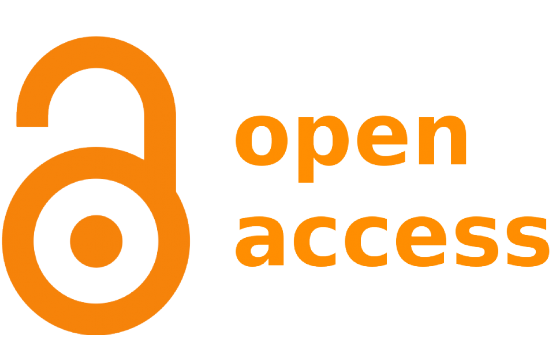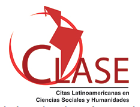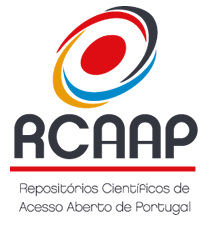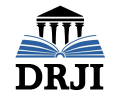Teaching of statistics applied to administration in the distance learning mode: an empirical study
DOI:
https://doi.org/10.5433/1679-0383.2010v31n1p89Keywords:
Teaching of statistics, E-learning, User’s profile.Abstract
The present article has two purposes: to assess the experience of undergraduate students in the course of Administration at FEA-RP/USP in on-line activities of an Applied Statistics discipline and to learn the characteristics of its profile. We focused on a discipline taught in a blended way where a virtual environment accessed via Internet was used to provide digital teaching materials and perform activities such as research and synchronous and asynchronous discussions. In order to ensure the success of an on-line course, students must have proper access to digital tools; thus, the profile of the students enrolled in the discipline was studied. They were found to have proper access and knowledge concerning e-mail, chat and forum tools, which had a positive effect on their satisfaction with the course. At the end of the semester, focal groups were formed to assess the experience in the discipline. The students considered the discipline positive because it conferred flexibility to the course, with the materials accessed and works submitted via Internet any time and anywhere. The interactivity and tutorial assistance contributed to the learning. However, the students reported that they only enrolled in the on-line discipline because it was compulsory, which has to be taken into consideration in the course planning. Distance learning can be successfully used in the teaching of Statistics; however, careful planning is essential.
Downloads
Downloads
Published
How to Cite
Issue
Section
License
Semina: Ciências Sociais e Humanas adopts the CC-BY-NC license for its publications, the copyright being held by the author, in cases of republication we recommend that authors indicate first publication in this journal.
This license allows you to copy and redistribute the material in any medium or format, remix, transform and develop the material, as long as it is not for commercial purposes. And due credit must be given to the creator.
The opinions expressed by the authors of the articles are their sole responsibility.
The magazine reserves the right to make normative, orthographic and grammatical changes to the originals in order to maintain the cultured standard of the language and the credibility of the vehicle. However, it will respect the writing style of the authors. Changes, corrections or suggestions of a conceptual nature will be sent to the authors when necessary.

















